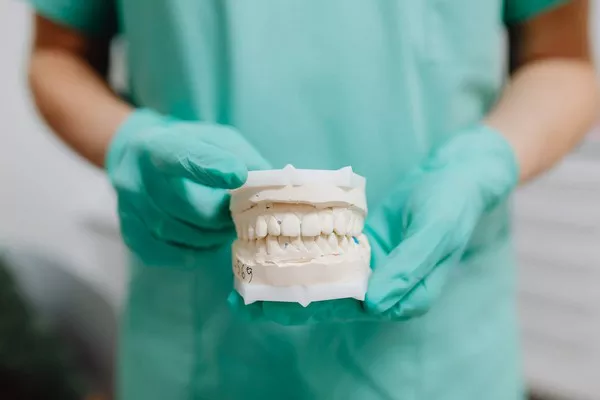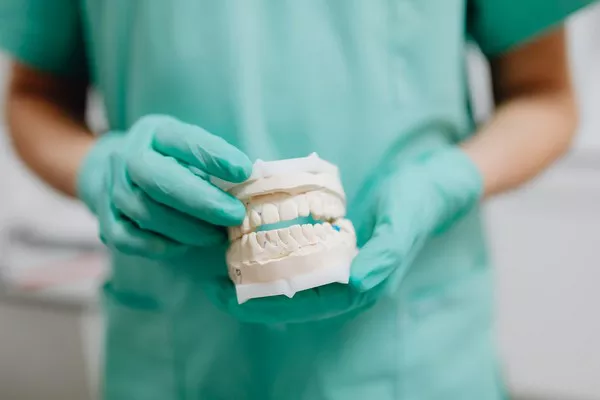Cavities are a common dental problem that occurs when tooth decay progresses, resulting in the formation of small holes or openings in the teeth. To restore the structural integrity and functionality of the affected tooth, dentists employ cavity fillings. This article aims to provide an overview of the materials and techniques used for filling cavities. It is important to note that the choice of filling material depends on various factors, including the location and size of the cavity, aesthetics, patient preference, and the dentist’s recommendation.
Amalgam Fillings
Amalgam fillings, also known as silver fillings, have been used for decades and are composed of a mixture of metals, including silver, tin, copper, and mercury. Although concerns have been raised about the mercury content, extensive research has shown that amalgam fillings are safe and effective when properly placed. Amalgam fillings are durable, highly resistant to wear, and can withstand heavy biting forces, making them suitable for back teeth.
Composite Resin Fillings
Composite resin fillings, commonly referred to as tooth-colored or white fillings, are made of a mixture of plastic and fine glass particles. These fillings are aesthetically pleasing as they can be matched to the natural color of the tooth, providing a more natural appearance. Composite resin fillings bond directly to the tooth structure, which helps to strengthen the tooth and reduce the risk of further damage. They are suitable for both front and back teeth, depending on the size and location of the cavity.
Porcelain Fillings
Porcelain fillings, also known as inlays or onlays, are custom-made restorations fabricated in a dental laboratory and then bonded to the tooth by the dentist. These fillings are known for their durability, resistance to staining, and ability to closely mimic the natural appearance of teeth. Porcelain fillings are often used for larger cavities or when a more aesthetically pleasing restoration is desired.
Glass Ionomer Fillings
Glass ionomer fillings are made from a blend of glass powders and an organic acid. These fillings have the unique property of releasing fluoride over time, which can help prevent further decay in the surrounding tooth structure. Glass ionomer fillings are primarily used for small cavities, non-load-bearing areas, and in pediatric dentistry due to their ease of placement and fluoride-releasing properties. However, they are not as durable as other filling materials and may require replacement over time.
Gold Fillings
Gold fillings, also known as gold inlays or onlays, are made from a mixture of gold and other metals. Gold fillings are highly durable and can last for many years, making them an excellent choice for large cavities or areas of high biting forces. They are custom-made in a dental laboratory based on impressions taken by the dentist and then cemented onto the tooth. While gold fillings offer exceptional longevity and biocompatibility, their noticeable appearance and higher cost make them less popular among patients.
Other Filling Materials
In addition to the aforementioned filling materials, there are other options available depending on specific circumstances. For instance, temporary fillings made of zinc oxide-eugenol or other materials may be used as an intermediate treatment. Additionally, newer materials such as resin-modified glass ionomers and compomers combine the benefits of composite resins and glass ionomers, providing improved durability and aesthetics.
Conclusion
Cavity fillings play a crucial role in restoring the function and appearance of teeth affected by decay. The choice of filling material depends on factors such as the location and size of the cavity, aesthetic considerations, patient preference, and professional recommendations. Amalgam fillings, composite resin fillings, porcelain fillings, glass ionomer fillings, and gold fillings are commonly used materials, each with their own advantages and limitations. The selection of the most appropriate filling material should be made in consultation with a dental professional who can assess individual needs and provide personalized recommendations. Remember, early detection and treatment of cavities through regular dental check-ups can help prevent the need for extensive restorations and maintain optimal oral health.
Related Topics:






























